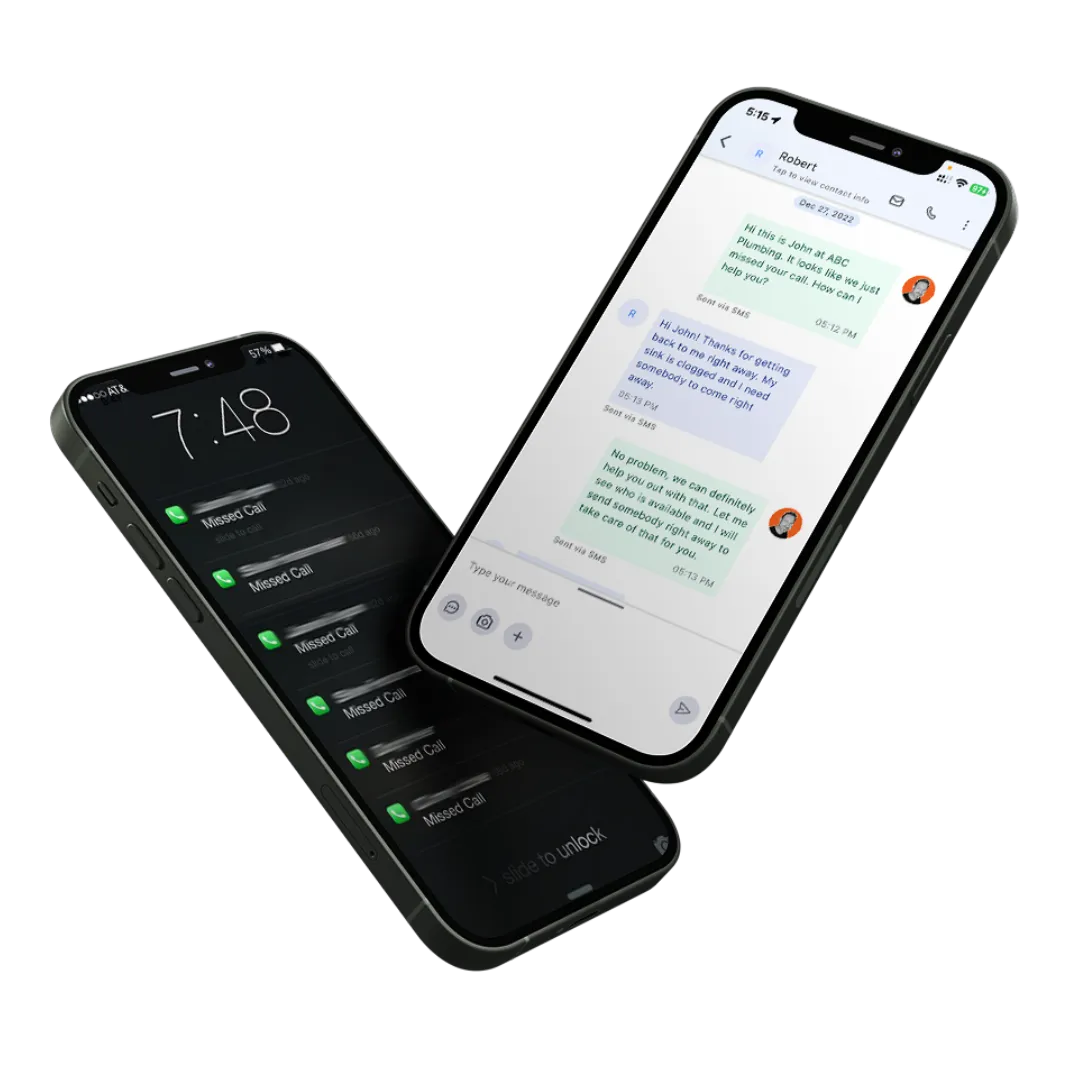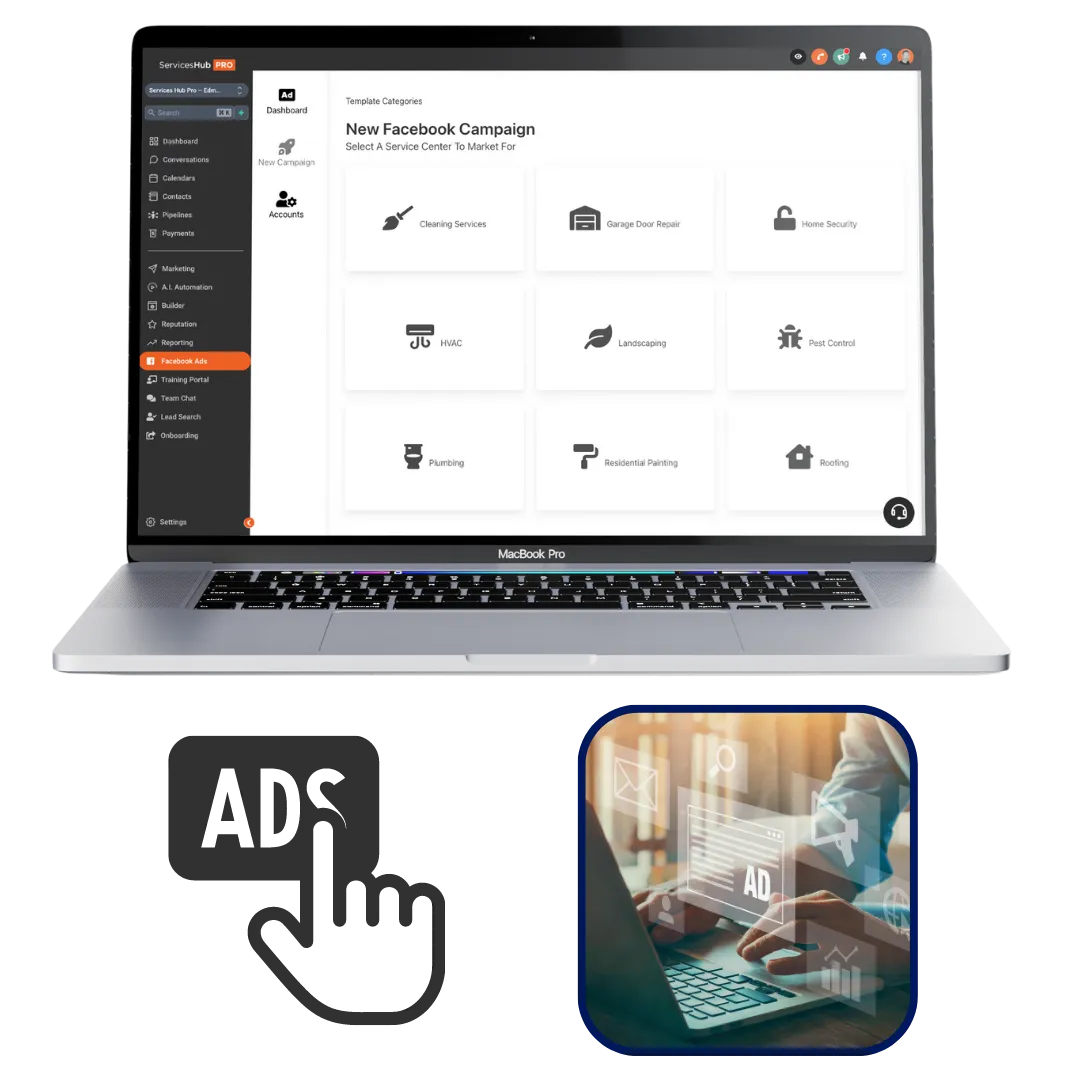Lead Generation | How Do Lead Generation Companies Get Their Leads

Are you struggling to find potential customers who are genuinely interested in your products or services? In today's fiercely competitive business landscape, the ability to generate high-quality leads can make or break a company's success. Imagine having a steady stream of prospects who are not just interested but eager to engage with your offerings. This blog post delves into the intriguing world of lead generation, answering the burning question: How do lead generation companies get their leads? Unlocking this secret is the key to sourcing those elusive high-quality prospects that every business dreams of.
The Basics of Lead Generation
Lead generation is the art and science of identifying and attracting potential customers or leads who have expressed interest in a product or service. It plays a pivotal role in modern marketing and sales strategies, serving as the initial step in building relationships with potential clients. By capturing contact information and qualifying prospects, lead generation enables businesses to nurture these leads through the sales funnel, ultimately converting them into paying customers. In essence, lead generation is the lifeblood of business growth, connecting companies with individuals most likely to benefit from what they offer.
Different Types of Leads
There are various types of leads that businesses encounter in the process of lead generation. These types of leads can be categorized based on their level and readiness to purchase. Here are the main categories:
- Cold Leads: Individuals or businesses need more interest in your product or service. They are at the earliest stage of the buyer's journey and may need significant nurturing and education before they become potential customers.
- Warm Leads: Warm leads have expressed interest in your offerings. They may have engaged with your content, subscribed to your newsletter, or shown intent in some way, but they have yet to be ready to purchase.
- Hot Leads: Hot leads are highly engaged and are very close to making a purchasing decision. They may have actively inquired about your product, requested a demo, or contacted your sales team. These leads are often considered sales-ready.
Lead Generation Methods and Strategies
Lead generation is a multi-faceted process encompassing various methods and strategies to attract and convert potential customers. Here are some effective lead-generation methods and strategies:
- Content Marketing: Creating high-quality, informative content such as blog posts, ebooks, whitepapers, and videos can attract organic traffic and position your brand as an authority in your industry. Content can also be gated, requiring visitors to provide their contact information in exchange for access, generating leads.
- SEO (Search Engine Optimization): Optimizing your website for search engines can improve its visibility in search results, driving organic traffic. Relevant, keyword-rich content, meta tags, and backlinks are critical to a successful SEO strategy.
- Social Media Marketing: Leveraging platforms like Facebook, LinkedIn, Twitter, and Instagram can help you reach a broader audience. Social media advertising and engagement can drive traffic to your website and landing pages, generating leads.
- Email Marketing: Building and nurturing an email list is a powerful lead generation method. Sending targeted, valuable content to your subscribers can convert them into leads and, eventually, customers.
- Networking and Partnerships: Building relationships with other businesses or industry players can lead to mutually beneficial partnerships. Joint ventures and co-marketing efforts can expand your reach and generate leads from your customer base.
Lead Generation Process
The lead generation process involves a series of steps to attract, engage, and convert potential customers (leads) into prospects interested in your products or services. Here is an overview of the lead generation process:
- Target Audience Identification: Start by defining your ideal customer profile. Who are the individuals or businesses most likely to be interested in your products or services? Create buyer personas to understand their needs, pain points, demographics, and behaviors.
- Content Creation: Develop high-quality, valuable content that resonates with your target audience. This content can take various forms, including blog posts, ebooks, videos, webinars, infographics, and more. Ensure that your content addresses your target audience's specific problems or questions.
- Traffic Generation: Use various marketing channels and strategies to drive traffic to your content and website. This can involve SEO to improve organic search visibility, social media marketing to engage with your audience, email marketing to promote your content, and paid advertising to attract targeted visitors.
- Lead Capture: Implement lead capture mechanisms on your website, such as well-designed landing pages with compelling offers or lead magnets. Forms, pop-ups, and calls to action (CTAs) collect visitor information, usually including their name, email address, and other relevant details.
- Lead Nurturing: A lead nurturing strategy is crucial for businesses, as not all leads are ready for immediate purchase. This strategy includes automated emails, personalized content, and targeted communication to build trust, educate leads, and guide them through the buyer journey.
How Lead Generation Companies Get Their Leads
Understanding how lead generation companies acquire their leads is like peering behind the curtain of a magician's tricks. It's a fascinating journey into the intricacies of sourcing high-quality prospects that can spell the difference between business success and stagnation. In this exploration, we'll unveil the various methods and strategies these companies employ to transform raw data into golden opportunities for their clients.
Investigating the Sources of Leads
- Online Sources: Lead generation companies utilize the digital landscape to identify individuals and businesses seeking specific products or services through targeted advertising, content marketing, and engagement on websites, social media, and online directories.
- Offline Sources: Lead generation companies value face-to-face interactions, attending events, and gaining personal connections. Referrals from satisfied clients and business partners also expand their lead pool.
The Role of Lead Scoring and Segmentation
Not all leads are created equal. Lead generation companies implement lead scoring and segmentation to maximize their efficiency and provide clients with high-quality prospects. They assign scores based on various criteria, such as lead behavior, engagement level, and demographics. Leads with higher scores receive more personalized and focused attention, while those who only meet specific criteria are nurtured once they become more sales-ready. This systematic approach ensures that resources are allocated where they will yield the best results.
Challenges and Ethical Considerations
While lead generation can be a highly effective strategy for acquiring potential customers, it has challenges and ethical considerations. In this section, we will delve into some of the key challenges and ethical considerations that both businesses and lead generation companies must navigate:
Challenges
- Lead Quality vs. Quantity: One of the most significant challenges is striking the right balance between lead quantity and lead quality. Generating a high volume of leads is only valuable if they are genuinely interested or qualified to become paying customers.
- Competition: The lead generation landscape is fiercely competitive. Many businesses are vying for the attention of the same prospects, making it challenging to stand out and capture leads effectively.
- Data Privacy and Compliance: With the rise of data privacy regulations such as GDPR and CCPA, lead generation companies must navigate complex legal frameworks. Ensuring compliance with these regulations is crucial to avoid fines and reputational damage.
- Transparency: Maintaining transparency in lead generation practices is essential. Hiding or misleading potential leads about the purpose of data collection can erode trust and damage a company's reputation.
- Lead Decay: Leads can become stale if not promptly nurtured and engaged. Keeping leads engaged and moving through the sales funnel requires constant attention and resources.
Ethical Considerations
- Data Privacy: Respecting the privacy of individuals and businesses is paramount. Collecting, storing, and using personal information must be done with explicit consent and in compliance with relevant data protection laws.
- Transparency: Businesses and lead generation companies should know their data collection intentions. Visitors should know how their information will be used and can opt out or request the removal of their data.
- Honesty in Marketing: Misleading marketing practices can harm a company's reputation. Ethical lead generation involves providing accurate and honest information about products or services.
- Opt-In Practices: Utilizing opt-in mechanisms ensures that leads have willingly provided their information and expressed interest in receiving further communication. This helps build a more engaged and responsive lead pool.
- Lead Verification: Lead generation companies should take measures to verify the authenticity of leads to prevent fraudulent or low-quality submissions.
Tips for Businesses Seeking Quality Leads
Seeking high-quality leads is essential for businesses aiming to grow sustainably and maximize their conversion rates. Here are five valuable tips for businesses looking to attract and nurture quality leads:
- Define Your Ideal Customer Profile (ICP): To effectively generate leads, define your Ideal Customer Profile (ICP) by creating detailed buyer personas that outline demographics, psychographics, pain points, and preferences of your target audience, enhancing your marketing efforts to attract paying customers.
- Create Valuable and Relevant Content: Create high-quality content that addresses your target audience's needs, questions, and challenges, such as blog posts, guides, webinars, or videos, to attract leads who view your brand as a trusted resource.
- Optimize Your Website and Landing Pages: Your website should be user-friendly, mobile-responsive, and SEO-optimized for potential leads. Create dedicated landing pages with clear CTAs to capture lead information, and the design should encourage visitors to provide their details.
- Implement a Lead Nurturing Strategy: Implement a lead nurturing strategy using automated email sequences, personalized content, and targeted follow-ups to build a relationship with leads who need more time to be ready for immediate purchase, increasing their conversion likelihood.
- Use Data and Analytics for Continuous Improvement: Regularly evaluate lead generation performance by tracking metversion rates, click-through, and lead quality. U metric utilizes data-driven insights to identify successful strategies and adjust tactics for continuous optimization.
The journey to sourcing high-quality leads is essential for businesses aiming to thrive in today's competitive landscape. You can unlock opportunities that drive your growth by implementing strategic lead-generation tactics, nurturing relationships, and upholding ethical standards
Things To Do In Edmonton, Alberta CA
Edmonton, Alberta CA News

